
This guide offers new members a helpful overview of fly tying—the art of creating artificial flies to catch fish. It isn’t a complete manual but a starting point that explains the essential tools, materials, and techniques you’ll encounter as you begin.
If you’d like to learn hands-on, come along to one of our Club Fly Tie Nights, where experienced members will gladly demonstrate different methods and patterns. Fly fishing with artificial flies has a long and fascinating history. More than 2,000 years ago, Greek anglers tied wool and feathers to hooks—possibly becoming the first people to catch trout with handmade imitations.
What is Fly Tying?
Today, fly tying is the craft of using natural and synthetic materials to imitate everything from tiny midges to small baitfish. Anglers use these creations to catch both freshwater and saltwater species. With modern gear, even large fish such as marlin can be taken on flies using heavy fly rods and lines.
Most fly fishers, however, target freshwater species like trout, bass, and salmon. In coastal and estuary waters, species such as bream, whiting, and flathead also respond well to artificial flies.
Types of Flies
In the early days, anglers used only two types of flies—those that floated and those that sank. Now, fly patterns fall into four main categories, each designed for a specific purpose and fishing style.

Dry Flies
Dry flies float on the water’s surface, imitating insects resting or landing there. Tiers use water-resistant materials or apply floatant to help the fly stay buoyant. Increasingly, closed-cell foam is used to improve flotation and durability.

Wet Flies
Wet flies drift or “hang” just beneath the surface, imitating drowned or drowning insects. They often have a soft, natural movement that entices fish in slower water.

Nymphs/Bugs
Nymphs represent the larval or pupal stages of aquatic insects. These flies are designed to sink, often with added weight such as beads or wire to reach fish feeding below the surface.
Hairwings and Streamers
These patterns imitate baitfish or other swimming prey. Tiers commonly use natural or synthetic hair to create realistic movement in the water.
While all these types of flies look very different from each other most employ similar techniques in their construction.

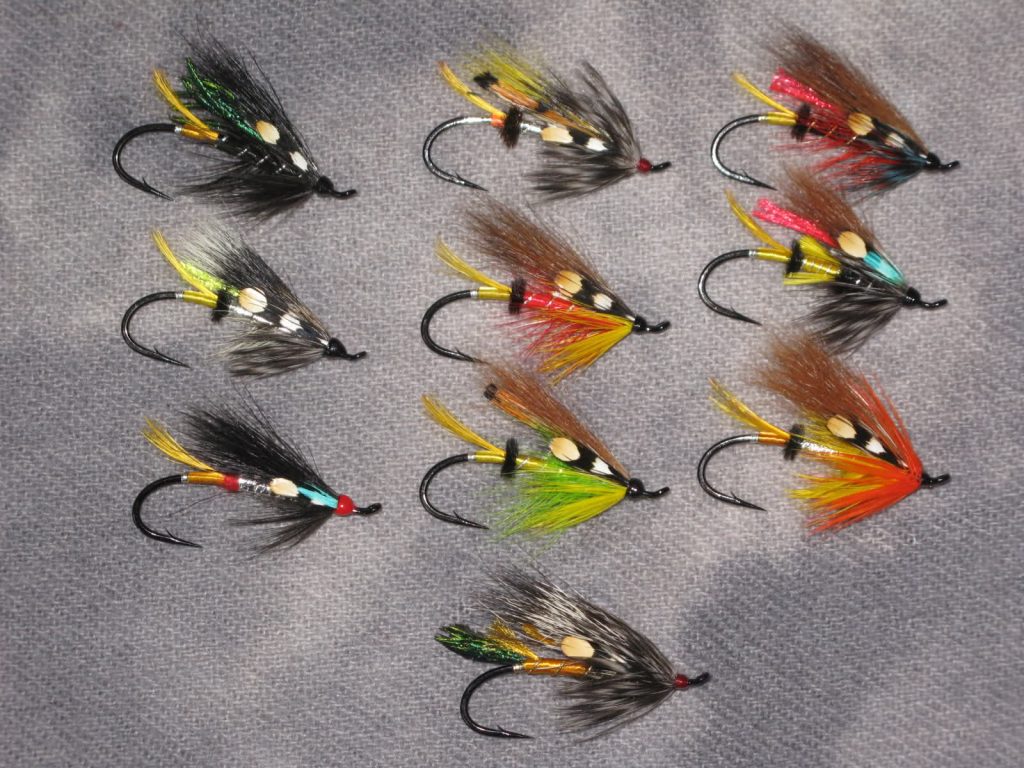

Left: Clouser minnows are commonly made from bucktail hair.
Centre: Hairwings
Right: Streamers (Gray-Ghost, Supervisor, Barnes Special, Black Ghost, Footer Special, Mickey Finn)
The Tools
Like most crafts, fly tying relies on tools that make each task easier and more precise. Many tools are available, but the following are the most important for beginners.
The Vice
A fly tying vice holds the hook firmly while you work. Although you could tie by hand, a vice ensures stability and consistency. Choose one that grips the hook securely without damaging it.

The Bobbin Holder
This tool holds the spool of tying thread and allows smooth, even wraps around the hook. It saves time, reduces waste, and helps keep steady tension.

Scissors
Use a sharp, fine pair for delicate trimming and another sturdier pair for tougher materials. Precision cutting makes a big difference in the final appearance of your flies.

Other helpful tools include hackle pliers, whip finishers, hair stackers, dubbing needles, and wing burners. You can learn to use all of these at a Club Fly Tie Night.




Materials Used in Fly Tying
Fly tying materials come from a wide variety of sources. Creative tiers often find inspiration in craft stores, experimenting with textures and colours to create lifelike imitations.
Threads
Threads vary in colour and thickness, commonly from 3/0 (heavy) to 8/0 (fine). A black 6/0 thread is a reliable all-round choice.

Tinsel
Used to imitate the ribbing of a fly and to provide sparkle. Metal tinsels are available in gold, silver and copper in a variety of shapes and sizes. They include oval, wire and various thicknesses of streamer tinsel. Pearl and holographic tinsels in plastic are also now available.
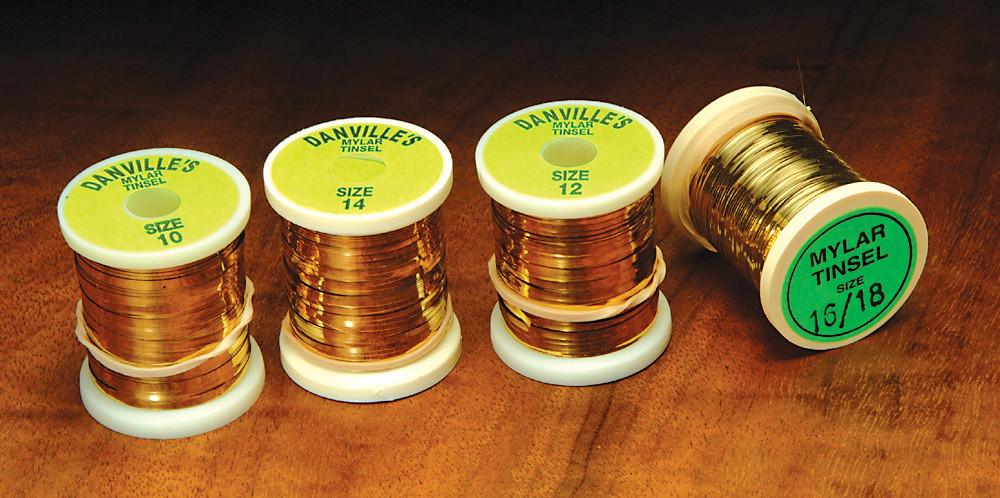

Yarns
Wool, polypropylene, and antron yarns appear in many colours and textures. Chenille remains a popular body material for numerous patterns.

Beads
Beads—ranging from light glass to heavy metal—add weight, flash, or eye detail to a fly. Place them near the hook eye for sinking patterns or for extra visual appeal.

Fur
Fur forms the body or tail of many flies. Although tiers once relied solely on natural materials, modern synthetics like antron and polypropylene are now common substitutes.

Hackles
Feathers from poultry necks and backs, known as hackles, imitate insect legs and wings. They also provide buoyancy in dry flies.
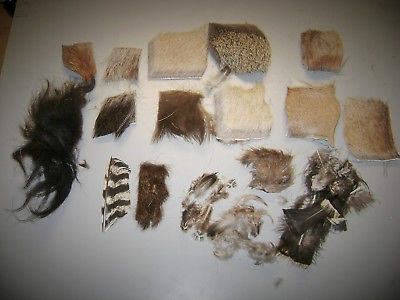
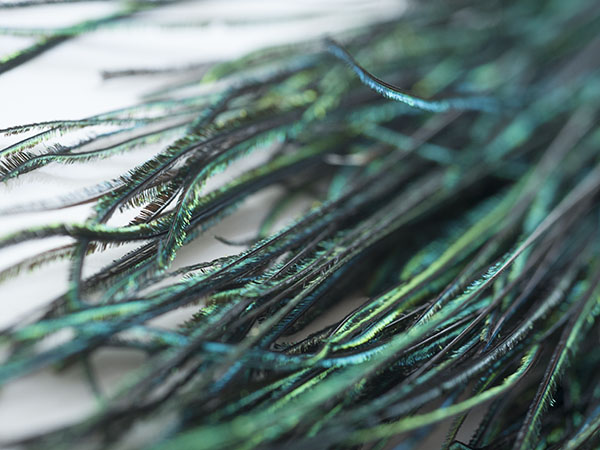
Peacock Herl
This shimmering material is a long-time favourite for body construction, adding colour and iridescence that fish find irresistible.
Along with these materials there are many others that are used in fly tying. Some are used to add sparkle to flies, others to add weights to flies and some to assist in floatation. Fly tyers are continually experimenting with new materials to expand the fly tying experience. An example is using closed cell foam as a body component that enhances the floating capacity of a fly.
Basic Techniques
Among the many techniques in fly tying some are basic and essential to enable successful fly tying.
Fixing the Hook in the Vice
Sounds simple and usually is. Secure the hook firmly in the vice before you begin. The hook shouldn’t move as you tie, and the vice jaws must remain undamaged.
Attaching the Tying Thread
The thread not only binds the materials to the hook, it also forms a solid base for these materials. Start the tying thread just behind the hook eye and wrap it evenly down the shank. This creates a smooth, solid base for attaching materials.
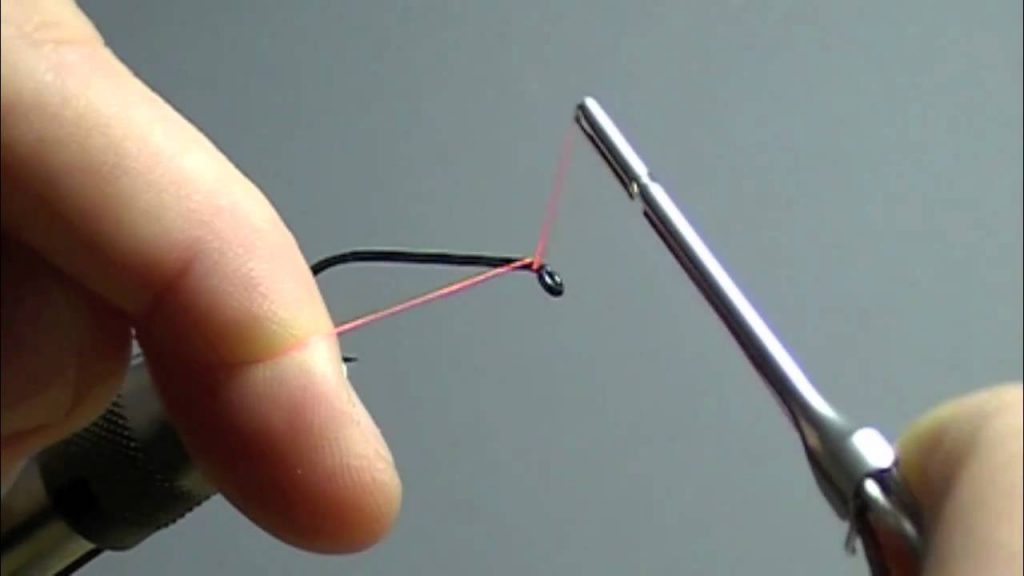
Dubbing Material to the Hook
Dubbing means twisting fur or synthetic fibres onto the thread to form a textured body. This technique is common in many nymphs and dry flies.

Forming a Collar Hackle
A collar hackle helps a dry fly float and creates the illusion of legs. Wind the feather around the hook by hand or use hackle pliers for precision.


Palmering Hackle
The method of winding a hackle along the length or part of the length of a fly. Used in many fly patterns.
Finally…
Fly tying is a creative and rewarding part of the fly-fishing experience. Every fly you make represents both skill and imagination. Nothing matches the excitement of catching a fish on a fly you tied yourself.
Fly tying is just one part of the total fly-fishing experience. Nothing can describe the feeling of catching a fish on a fly that you have tied yourself. Of course for that you need to be able to cast the fly accurately onto the water, but that is for another day.
Tight Lines always!
Further reading:
- Flies Step-by-step is a great resource for fly tying tools, materials and techniques.
- All posts on fly tying
- PDF version of this article




